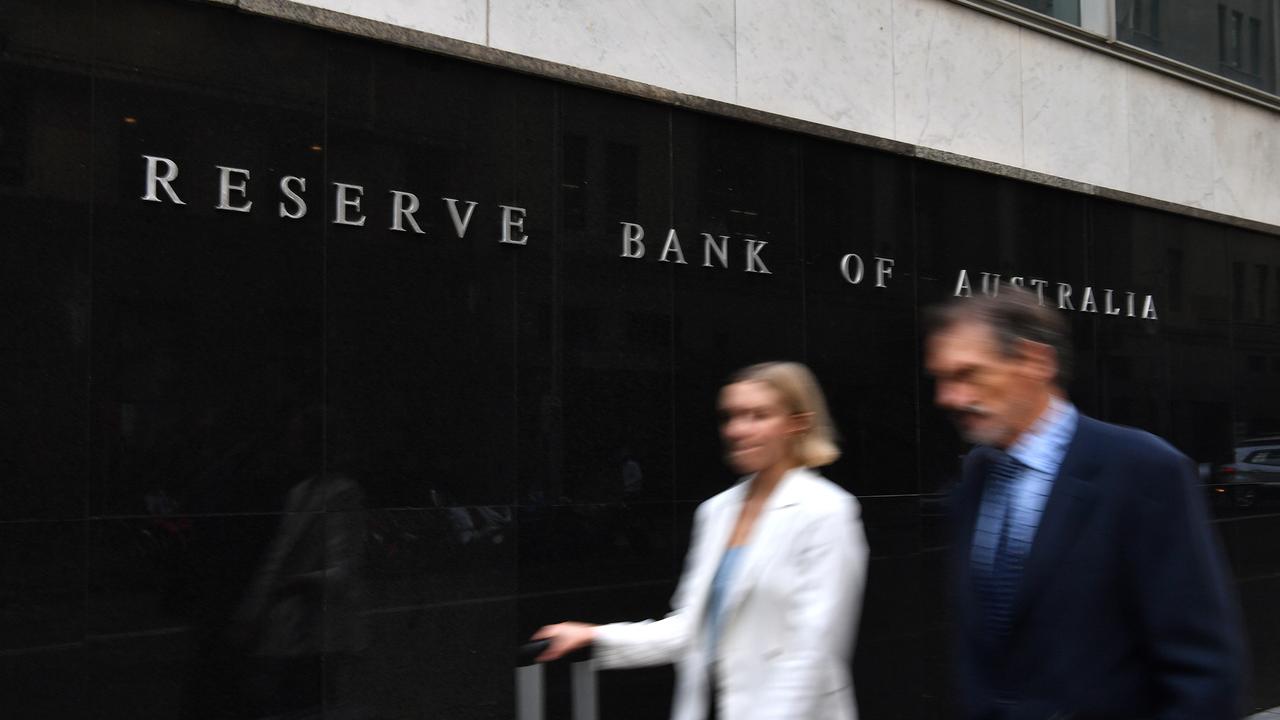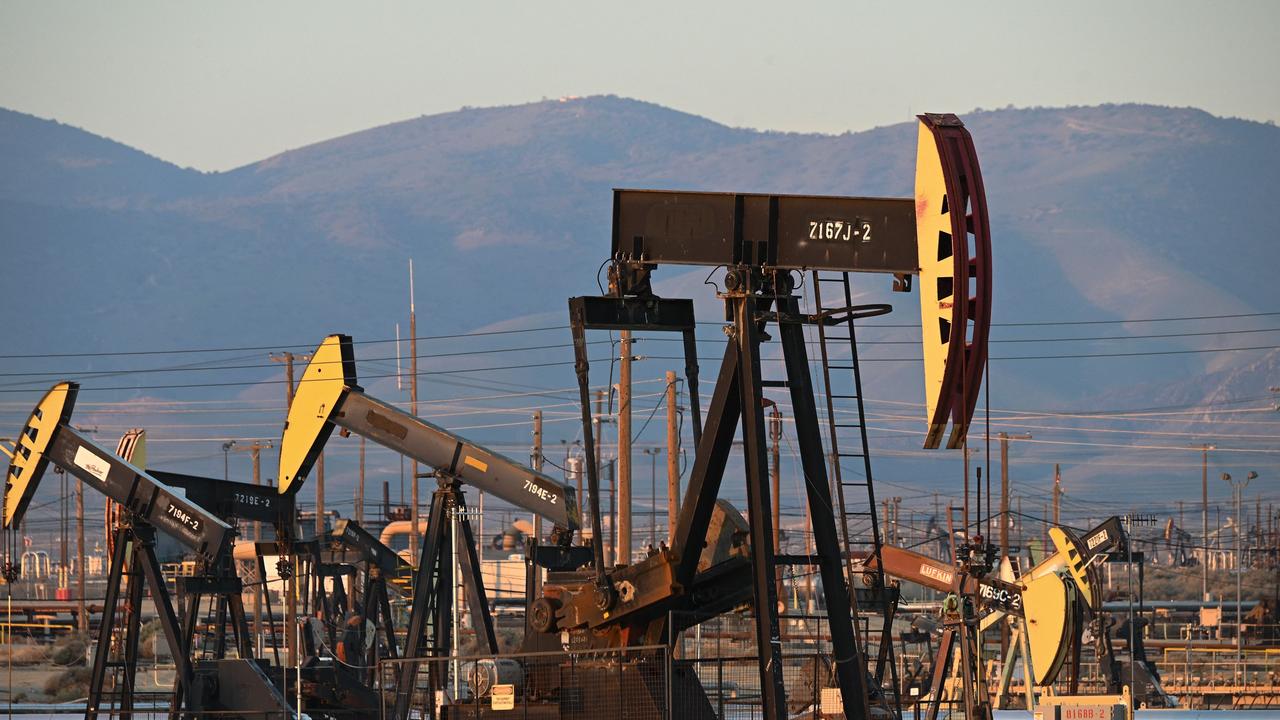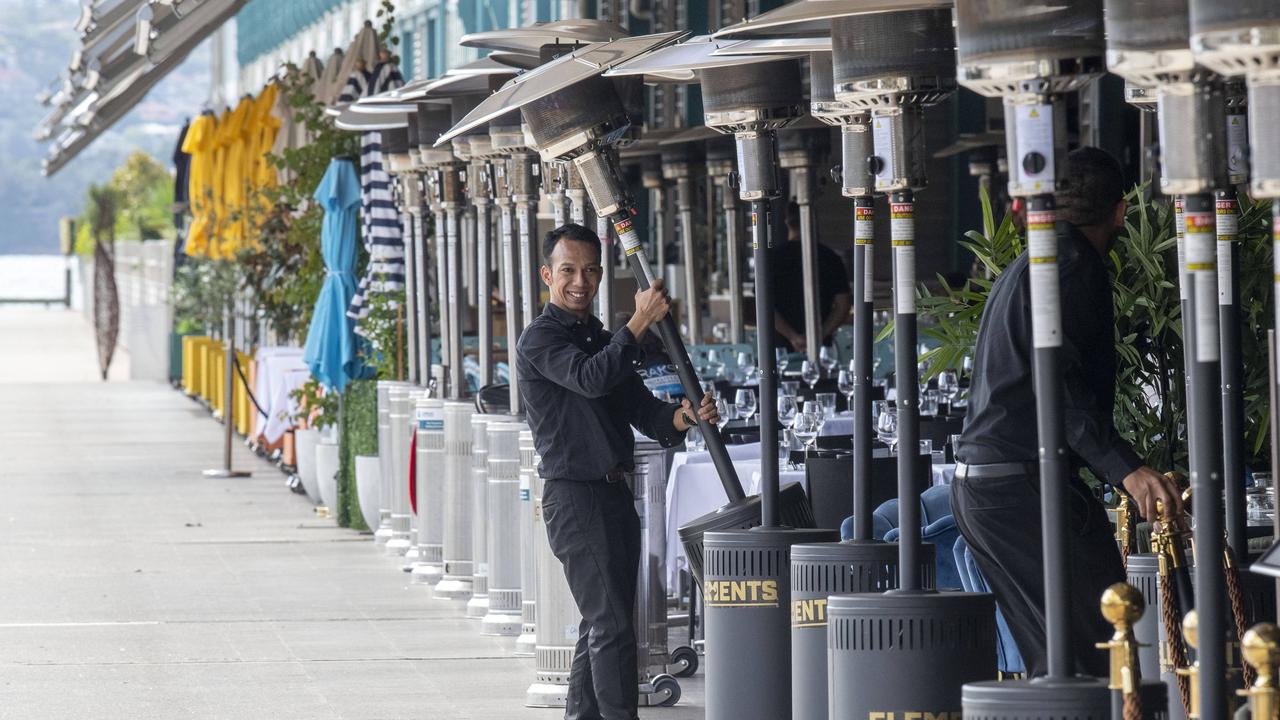Economists issue inflation warning ahead of October Reserve Bank meeting
Amid warnings from economists, the Reserve Bank will weigh up whether a further rate hike is needed to tame inflationary pressures when it meets on Tuesday.
Economists have urged caution over the inflationary threat of soaring global oil prices and sticky price pressures ahead of Michele Bullock’s first board meeting at the helm of the Reserve Bank.
The RBA is due to meet on Tuesday for its October rates decision, where it is widely expected to extend its hold the cash rate at 4.1 per cent as it awaits the delayed impact of the 12 previous hikes.
Typically, changes to interest rates take about 12 to 18 months to flow through the economy to fully impact households and businesses.
Due to an increase in fixed-rate lending during the pandemic, some analysts believe the transition may be even slower through this tightening cycle.
While traders have ascribed just a one-in-10 chance that the RBA will increase the cash rate to 4.35 per cent when it meets on Tuesday, the likelihood of a hike before the end of the year now sits at 62 per cent.

The bank has previously indicated that further rate hikes may be required to return inflation to its 2 to 3 per cent target band, stating “some further tightening may be required should inflation prove more persistent than expected” in its September board meeting minutes and underscoring the need for a surprise jump in price pressures for the central bank to hike again.
Judo Bank chief economist Warren Hogan said the RBA still had more work to do and its round of rate increases was not over yet.
“The Reserve Bank of Australia’s job is not done. Talk of rate cuts is premature,” he wrote in the Australian Financial Review on Monday.
Mr Hogan said the central bank needed to consider a further 0.25 percentage point rate hike when it met on Tuesday to wrestle back control of price pressures.
“This would be an effective way for the new governor to stamp her authority on the role and boost her inflation fighting credentials,” he added.
Latest monthly inflation data, released by the Bureau of Statistics last Wednesday, showed price pressures accelerated for the first time in four months, as soaring costs for petrol, rents and across the labour-intensive services sector pushed consumer price growth to 5.2 per cent in the year to August, up from 4.9 per cent in July.

Surging oil prices complicate outlook
In the month since the RBA met for its last meeting in September, Brent crude oil prices have neared $US 100 a barrel, up 26 per cent this quarter, following supply cuts from OPEC+ oil producers that have coincided with increased demand.
“A faster depletion of inventories will keep upward pressure on oil prices,” ANZ analysts said on Thursday, foreshadowing further pain at the petrol pump.
Across the country, average retail petrol prices now sit at $2.11 a litre, up from $1.80 in late June.
Granted petrol prices form a large component of household budgets, higher costs also risk embedding inflationary expectations as businesses look to increase prices, workers demand higher wages, and consumers hasten purchases.
“The rise in oil/petrol prices creates upside risk for inflation,” Jarden chief economist Carlos Cacho said.
“If these increases are short-lived, the RBA will likely look through them, but if prices rise further they have the potential to drive a second wave of inflationary pressure.”

Concerns grow over services inflation
The fresh ABS inflation data showed large price increases for labour-intensive services across the finance and insurance sectors, hairdressing, and recreation which often see price increases when wages grow.
Under former governor Philip Lowe, the RBA cautioned that higher wages growth, without corresponding productivity gains, would make it more difficult to engineer a return to the central bank’s target band.
National Australia Bank head of market economics Tapas Strickland said last week’s stickier services inflation numbers were likely due to businesses passing through higher energy and labour costs through to consumers, while also noting the Fair Work Commission’s recent decision to hike award and minimum wages from July 1.
“NAB sees the RBA hiking rates in November to 4.35 per cent, and markets should be thinking about whether one more is enough given the labour market remains tight,” he said.

Longer wait for rate cuts
With financial markets in Australia and further abroad firming on the view that rates will need to stay higher for long to curb inflation pressures, Commonwealth Bank pushed its forecast for the RBA’s first interest rate cut to May 2024, two months later than earlier anticipated.
“This will give the RBA more time to be confident that inflation is on the right path,” CBA chief economist Stephen Halmarick said in a note to clients last week.
JP Morgan economists have also extended their rate cut predictions.
Speaking in an interview with The Conversation, Treasurer Jim Chalmers said the 400 basis points of rate hikes already experienced was “biting quite hard” for households and said the bank wouldn’t solely look at the August inflation print when making its decision.
“So the Reserve Bank, when they look at this and take their decision independently, they will weigh all of those things up and not just one monthly inflation figure which was driven largely by petrol prices as a consequence of some of the global suppliers pulling back on production,” he said.



